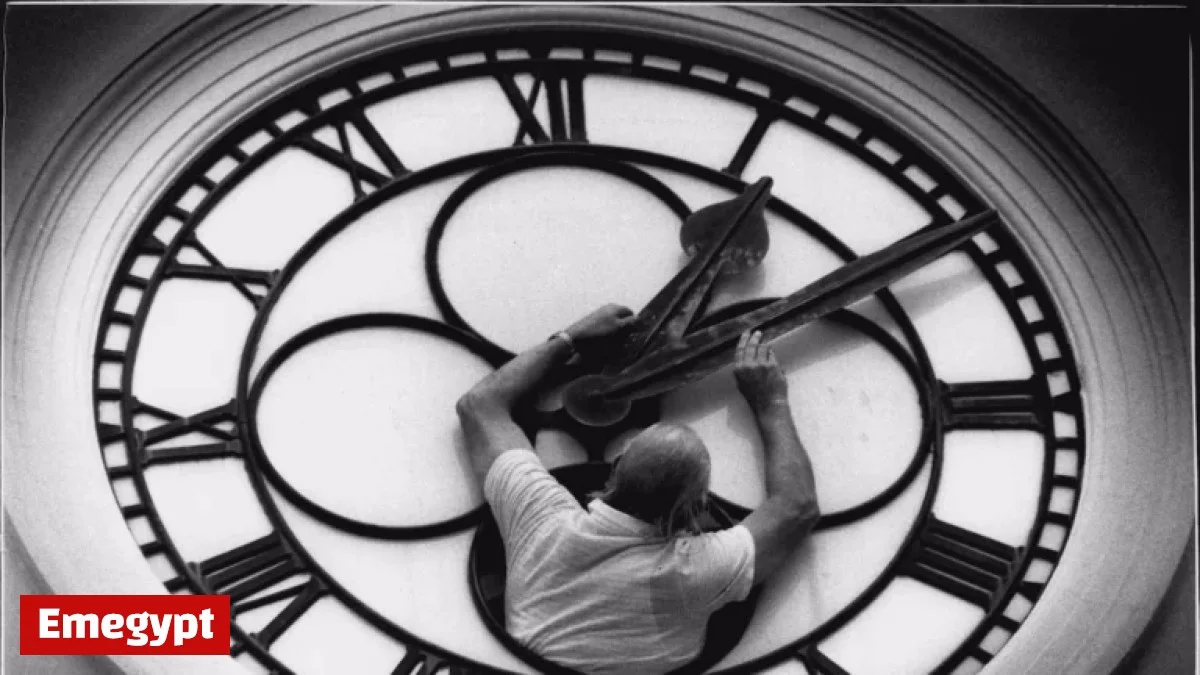
Daylight saving time (DST) has been a topic of contention in the United States for decades. The challenges surrounding its implementation have been highlighted by several key events and public sentiments. This article explores the historical context and ongoing debate surrounding America’s permanent daylight saving time.
Key Events Highlighting the Dangers of Daylight Saving Time
In Connecticut, the transition to daylight saving time resulted in tragic incidents. Four teenagers were struck by vehicles while walking to school shortly after the clocks were set forward. Similarly alarming statistics came from Florida, where eight students were fatally hit by cars within weeks of the time change. These events raised significant concerns regarding the safety of children during the early morning hours.
Public Sentiment and Reactions
The public’s support for daylight saving time saw a sharp decline following these incidents. By February of the same year, only 42% of Americans supported the time shift, as reported by the National Opinion Research Center. While some individuals, like Terry McQuilkin from Los Angeles, recognized benefits for those with altered work hours, many were not convinced.
- Over 100,000 barrels of oil saved daily from January to April 1974, according to reports.
- National Safety Council found no significant increase in earlymorning student fatalities from January 1973 to January 1974.
The Legislative Response to the Debate
The growing discontent culminated in legislative action. Following President Richard Nixon’s resignation amidst the Watergate scandal in August 1974, Congress moved to terminate the daylight saving time experiment. The House voted to end the practice, with the Senate acknowledging the public’s preference for standard time.
President Gerald Ford later signed an amendment that reverted the nation to standard time. This change officially took effect from October 27, 1974, until the last Sunday of February 1975. Despite this reversion to standard time, discussions around daylight saving time have persisted.
Ongoing Debate on Daylight Saving Time
More than fifty years later, the conversation around daylight saving time continues. Even though the federal guidelines have shifted, many lawmakers advocate for either a permanent DST or sticking with standard time. The debate reflects broader societal concerns about safety, productivity, and wellbeing related to shifts in time.
As this issue remains relevant, it prompts questions about the future of daylight saving time in the United States and its impact on everyday life.
